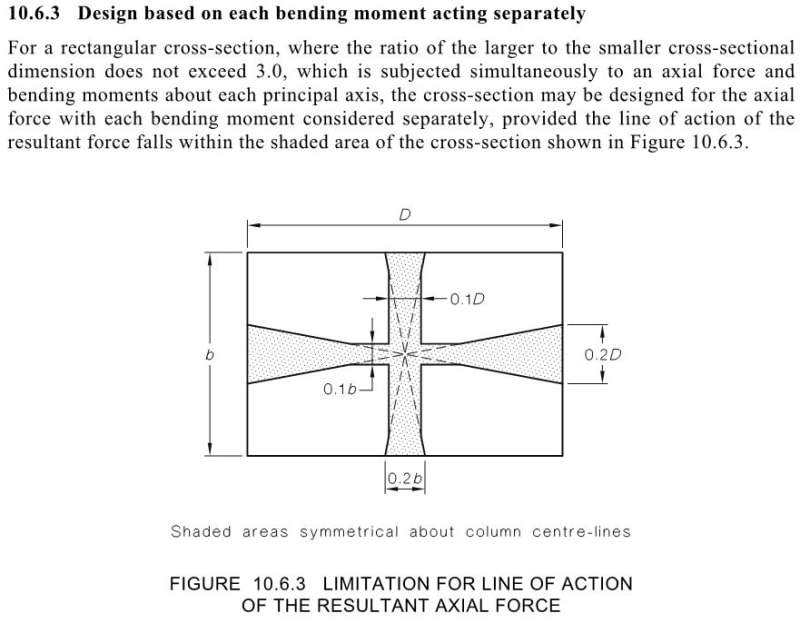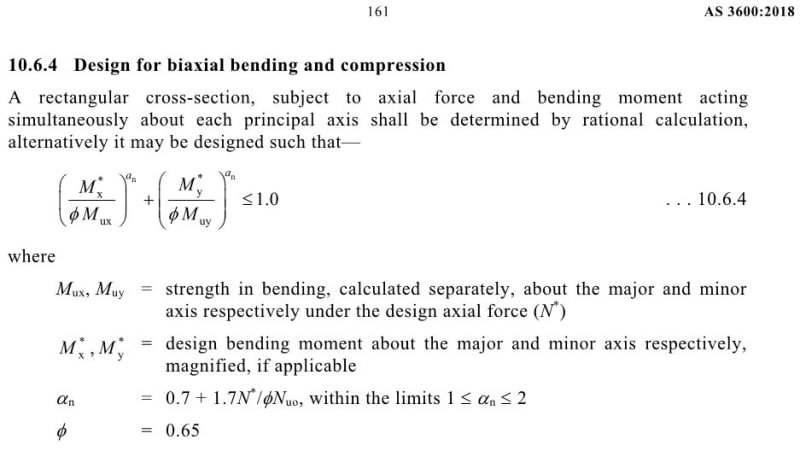Trenno
Structural
- Feb 5, 2014
- 831
What are the major benefits to defining the 3D interaction/failure surface over using codified bi-axial bending column clauses?
I assume with the exponents in the unity equation they result in generally conservative capacities? Whereas you may be able to squeeze more capacity from full 3D interaction surfaces?
I assume with the exponents in the unity equation they result in generally conservative capacities? Whereas you may be able to squeeze more capacity from full 3D interaction surfaces?



